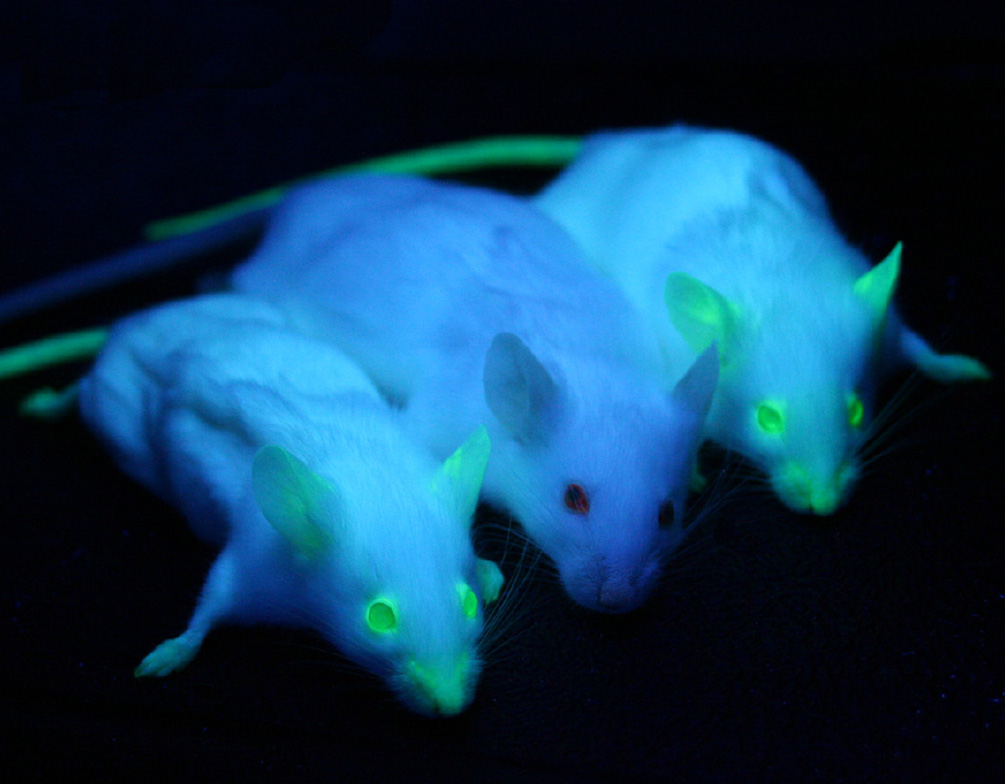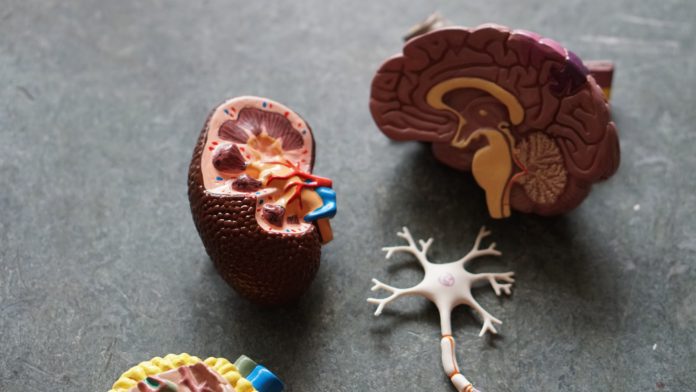Since beginning their collaboration in February 2017, Carleton University and the University of Texas at El Paso (UTEP), published new findings about an area of the brain called the zona incerta, Latin for the zone of uncertainty.
Dr. Melissa Chee, an assistant professor in neuroscience at Carleton, and Dr. Arshad Khan, a biological sciences professor at UTEP collaborated on the study.
Primary findings
Chee compared the zona incerta to Area 51.
“We don’t really know what goes on in there,” she said.
Researchers already knew that this zone comprises multiple types of neurons, which create chemical messengers gamma-Aminobutyric acid (GABA) and dopamine.
The two teams in collaboration were able to discover that within this zone, GABA and dopamine are being produced within the same cell.
Chee says to think about traffic lights to better understand chemical messengers—where GABA is the red-light signal which causes things to slow down, glutamate is the green-light signal, and dopamine is the yellow-light signal, where you might speed up or slow down.
GABA is an inhibitory neurotransmitter, which is basically a big “no” signal, Khan explained. According to Chee, even when that “no” signal is present, it does not necessarily mean any given function will shut down, but it could potentially inhibit a stop signal to permit a function of the brain to go ahead.
GABA’s opposite category is the chemical continuum glutamate, which is a fast-acting “on” signal.
Dopamine falls into the category of a neuromodulator, which is the middle ground and not very fast-acting, added Khan.
Discovering the co-expression of GABA and dopamine within one cell in the zona incerta poses more questions that require answers, he explained.
“There are a lot of different combinations of messages that two different messengers can do, and that makes the brain all of a sudden a lot more sophisticated than we realize—which is, in some ways, no surprise, because we’re pretty medieval in our understanding of the brain, even in 2020.”
Student involvement
Khan emphasized what makes the collaboration between Carleton and UTEP so important is student involvement.
This research, “democratizes the exploration of the unknown to students, and that’s really special because now we have young investigators who’ve very early on in their careers are making bold discoveries,” he said.
Chee said working with undergraduate and graduate students is a fun experience, especially when she is able to witness them discover things for the first time.
Rebecca Butler, former neuroscience and mental health student at Carleton, had a similar message.
“It was a really unique experience for someone in their undergrad, especially starting off as a second-year, to actually be able to contribute in a very real way,” Butler said.

The researchers stressed collaboration as a major factor in their success.
By remaining in contact through scientific conferences, Chee and Khan discovered they were researching in the same field but using different approaches.
The expertise of Chee’s lab is to use transgenic mouse models, which is a process of labelling cells with a fluorescent green protein, so they are visible to the eye.
Khan’s lab specializes in brain anatomy, where they use a sort of GPS coordinate system, so neuroscientists can pinpoint locations of very tiny microscopic cells in the brain.
Chee explained that by combining their two different approaches, they were able to achieve something that they would not have been able to accomplish individually.
“I think it was a really positive collaboration,” said Mikayla Payant, a PhD neuroscience student at Carleton, who participated in the research. “I never actually met [the UTEP team] in person until later in the year, so despite all that, I think we had a good way of still being able to collaborate effectively.”
Kayla Schumacker, a master’s student of Science in Neuroscience at Carleton, expressed how she feels fortunate to have worked from beginning to end on a successful and collaborative research project.
“It wasn’t just our lab here at Carleton, it was very much a group effort between all of us,” Schumacker said.
Khan said he, too, enjoyed the collaborative research.
“I always tell my students that science is like food—it tastes better when you share it with someone and watch them appreciate the food too, especially if both of you get to cook it together,” he said.
Chee said that sometimes there are dark rumours about how science is so competitive, and teams fight against each other, but science is better when we work together to solve problems.
“We are ultimately on one team which is the human team,” she said.
Only the beginning
When the paper was submitted for publication, Chee said that her team still didn’t know the full picture.
“We were at the stage of identifying what these cells could possibly do, so we don’t know the behavioural outcomes of the cells just yet,” she said.
The primary findings of the paper primarily identify that the cells in the zona incerta contain GABA and dopamine. Subsequent work will investigate whether these cells release GABA and dopamine, and try to understand how it regulates the brain circuitry, Chee added.
The teams’ next steps will be to locate where the nerve terminals and axons of the neurons are in the brain (where the cells send out messages). By doing this, they will be one step closer to understanding where the zona incerta cells are communicating to, which could potentially explain things like human behaviour.
“We’re trying to understand how individual cells from diverse places communicate and in order to do that we have to band together from diverse places and communicate. It’s really kind of amazing how that has to happen for us to understand something that happens effortlessly by the brain,” said Khan.
“It’s so silly to me that it’s right in our heads all the time—we’re walking around with it—yet we know so little about what it does,” he said.
Khan said his team is excited to continue working with Chee’s lab to figure out exactly what these cells do.
“This is just the beginning of the story,” he said.
Featured image from Robina Weermeijer on unsplash.






